Discover Hungary, its Renaissance castles, pastries and hot springs
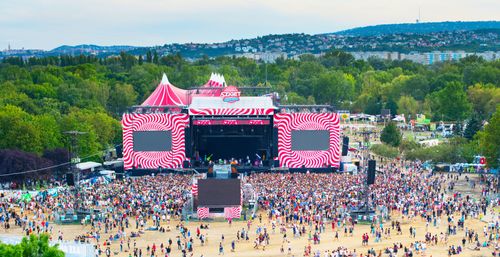
The red roofs of the village of Eger, Hungary
- © Roxana Bashyrova / Shutterstock
Discover Hungary, its Renaissance castles, pastries and hot springs
Situated at the crossroads of East and West in Europe, Hungary is landlocked in Central Europe. It shares borders with many countries, including Austria, Croatia, Romania, Serbia, Slovakia, Slovenia and Ukraine. The Hungarian lands have seen many peoples evolve. These include the Celts, the Romans and the Slavs. But the country was finally founded in the 9th century after the conquest of the territory by the prince and commander Árpád. The country's borders were again altered during the establishment of the Ottoman Empire and then the Austro-Hungarian Empire, but the definitive borders finally appeared with the Treaty of Trianon in 1920.
Although the country has no access to the sea, the Danube flows through it. Europe's second largest river divides the capital into two parts. Yet Budapest brings together three ancient cities: Buda, Pest and Obuda. The destination is an ideal base for a long weekend. It is a clever cultural mix. The different architectural styles form a harmonious whole. There are no fewer than forty museums and two superb opera houses. There are also around fifty theatres to choose from.
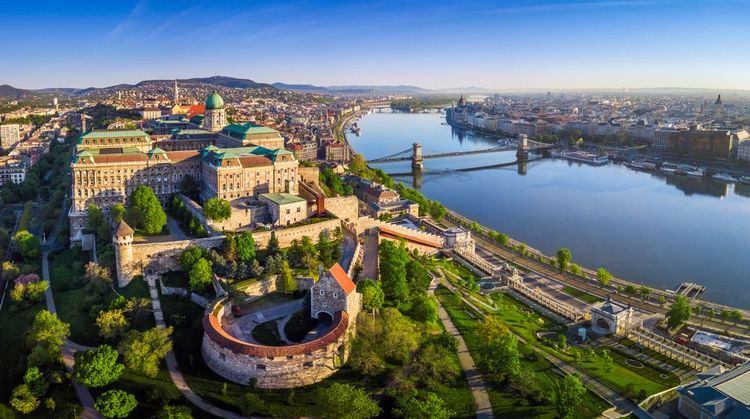
Budapest, the capital of Hungary, is crossed by the Danube.
- © ZGPhotography / ShutterstockIn Pest, you can wander through popular and eclectic shopping districts. The buildings mix neo-Gothic, Baroque and Art Nouveau architecture. The area is quick and easy to visit by tram or metro. You'll discover the many shops of Vaci utca, the Parliament, Andrassy Avenue, Heroes' Square, the Town Woods and Vajdahunyad Castle. A stroll through the streets is reminiscent of Paris and its Haussmann-style boulevards.
The emblematic Chain Bridge, dating from 1848, is the link with the city of Buda. This first bridge is the first of seven to cross the Danube. The districts of Buda give the capital a more bourgeois feel. The Roman era dominates from the top of its wooded hills.
A funicular railway runs from Place Clark Adam, which marks the city's kilometre zero. Don't miss the Royal Castle. It houses the Museum of Contemporary History, the Hungarian National Gallery, the National Library and the Museum of History. You can also admire the Mathias Church - one of Budapest's jewels - as well as Mount Gellért and its citadel. For an unobstructed view of Budapest, stop off at the Fishermen's Bastion.
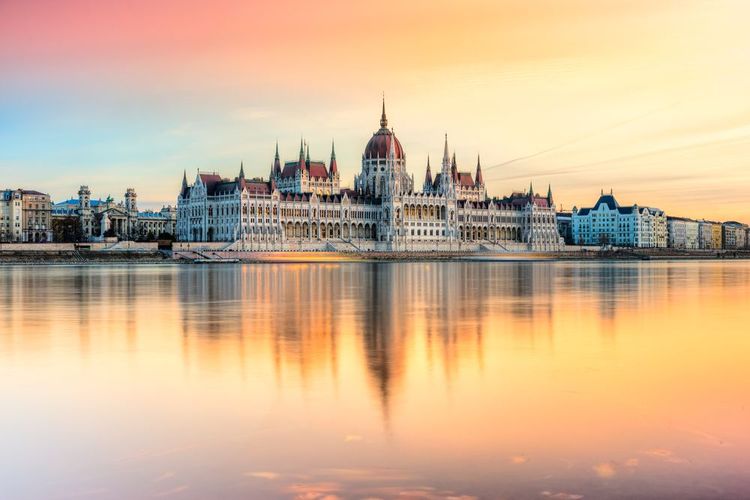
The Parliament in Budapest, Hungary.
- © Luciano Mortula - LGM / ShutterstockThe country is famous for its thermal baths. It's a must! In the capital, relax in the pool of the Hotel Gellért, one of the city's most beautiful hotels with its Art Nouveau style and famous thermal baths (H-1118 Budapest, Kelenhegyi ut 2-6, tel. 466 6166). Other thermal baths throughout the country are well worth a visit.
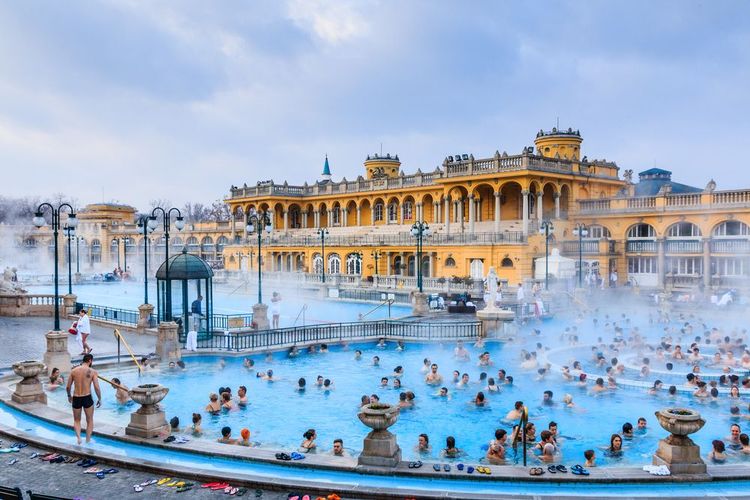
The thermal baths of Budapest, like those of all Hungary.
- © Izabela23 / ShutterstockHungary has a strong identity and a close-knit people, over 90% of whom are Magyars. The people speak a unique Finno-Ugric language. A proud and tolerant people, Hungarians will always have a smile on their faces despite the country's uninterrupted succession of periods of greatness and decline.
Hungarian craftsmanship is rich in tradition, with a variety of unique techniques and styles. Hungarian craftsmen are renowned for their mastery of materials. Colourful patterns and intricate designs are common features of Hungarian craftsmanship. Many Hungarian towns and villages have well-established craft traditions, and it is possible to find local craft markets where you can buy handmade products directly from the artisans.
Embroidery from Kalocsa or the Matyo region, black ceramics from Nadudvar, wooden sculptures, pottery, "Mishka" jugs, fabrics from Sarköz, porcelain from Zsolnay, Hollohaza and Herend are all good gift ideas...
The shops are generally open Monday to Friday, 10am to 6pm, and Saturday, 9am to 1pm.
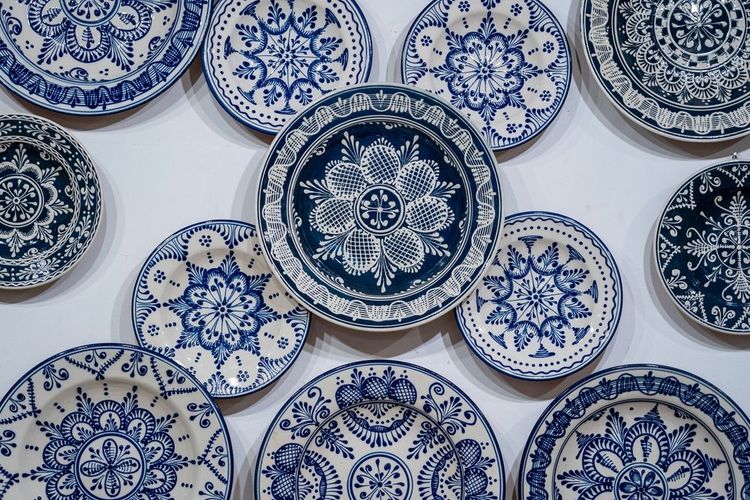
Hungarian porcelain is famous all over the world.
- © OlegD / ShutterstockFrom starters to desserts, Hungarian cuisine alone is worth the trip. Inherited from Asian, Turkish and Austrian know-how, the choice ranges from goulash (gulyas: a soup made from beef and vegetables, originally prepared by the shepherds of the Great Plain) to pörkölt (called goulache in France, consisting of a dish of braised meat, pork, beef, pork, beef, veal or chicken, flavoured with paprika and crème fraîche), csirkepaprikas(paprika chicken), vad (roast game), halaszlé (fish soup) and libamaj (foie gras).
Hungary is the world's second largest producer of foie gras after France. Hungarian foie gras is usually served grilled, with fried onions. This is followed by salata (salad) and hortobagyi palacsinta (sweet or savoury pancakes).
When it comes to desserts, you'll be spoilt for choice with cottage cheese cakes, Taban apple tarts, Barbacs peach fritters, rétes (puff pastries), Füred fritters, mille-feuilles and poppy seed, apple or walnut cakes.
The reputation of Hungarian wines is well established. Louis XIV described Tokay (Tokaji Aszu) as "the wine of kings and the king of wines". Today, Hungary has 22 wine-growing regions producing 450 varieties of excellent wine.
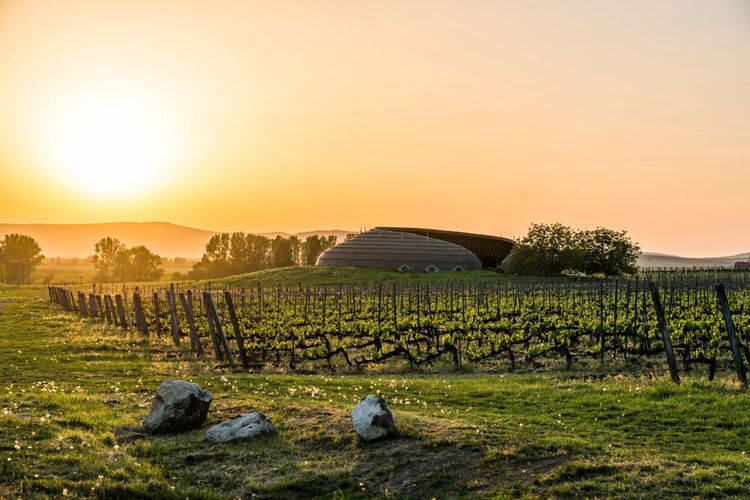
A vineyard in Tokaj, Hungary
- © posztos / ShutterstockGenerally speaking, traditions are still very much alive in many regions and villages. Because Hungary has suffered numerous invasions over the course of its history, intellectuals, craftsmen and musicians have tried for centuries to preserve and even develop a typically Magyar culture and know-how. They have concentrated their efforts on folk art, the art of the peasants and the countryside. Throughout the twentieth century, whether in crafts, music or dress, traditions endured despite the flight of peasants to the cities and the attempts at standardisation under the Soviet era. The advent of television and the development of tourism have enabled traditions to re-emerge with a vengeance in recent years.
Hungarians never toast with a mug of beer in their hand, as this custom reminds them of the way the Austrians celebrated the victory over their country.
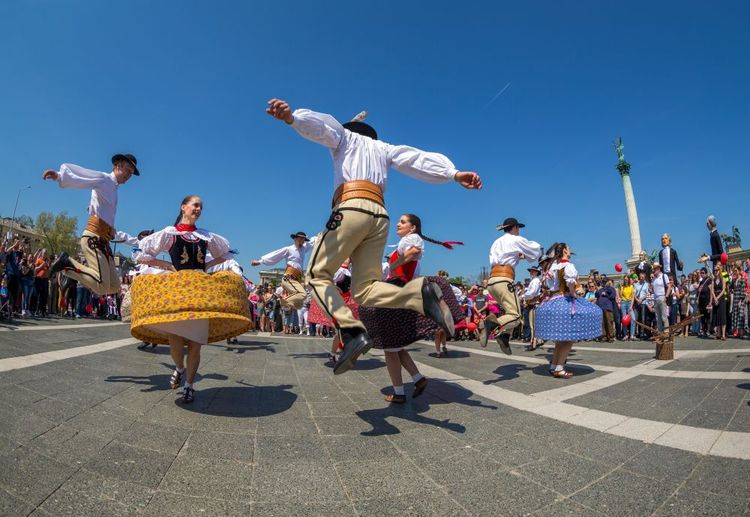
Traditional Hungarian dance during a local festival in Budapest.
- © Andocs / Shutterstock
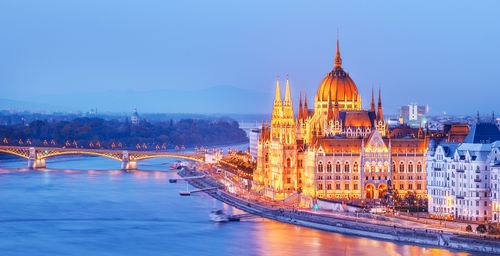
 1
1
 2
2
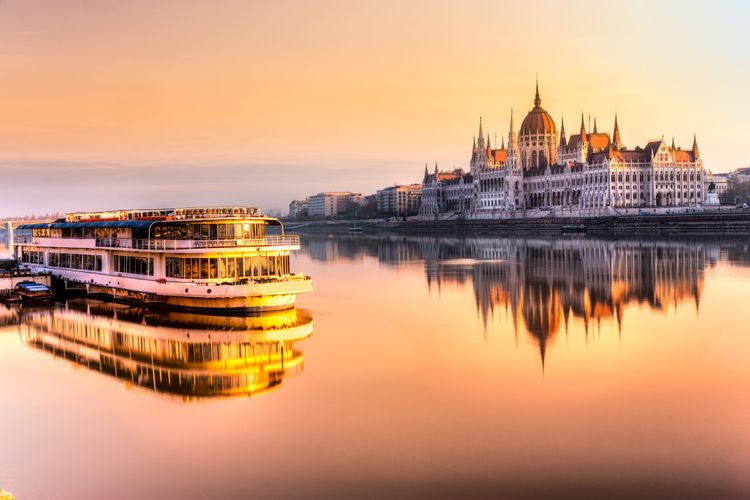 3
3
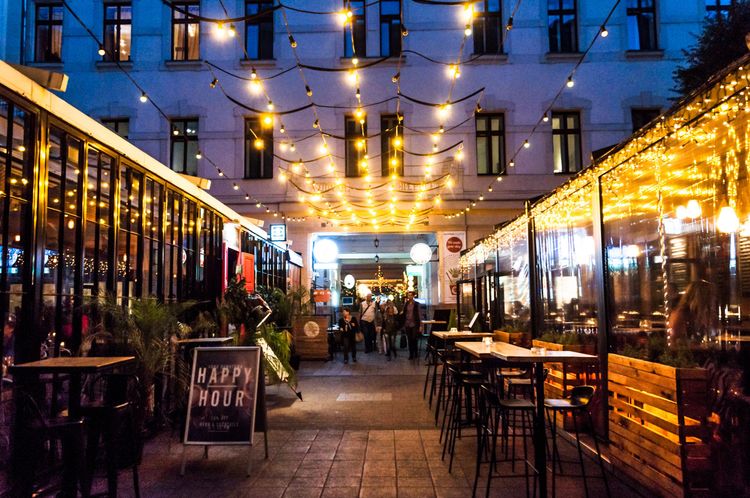 4
4
Hungary offers a wide variety of accommodation options to suit all budgets, from youth hostels and family pensions to luxury hotels and flat rentals. Rates are generally affordable, especially in smaller towns and outside the peak tourist season.
Hungary offers a wide variety of accommodation options to suit all budgets, from youth hostels and family pensions to luxury hotels and flat rentals. Rates are generally affordable, especially in smaller towns and outside the peak tourist season.
Hungary has a moderate continental climate, with hot summers and cold winters. Average summer temperatures range between 25 and 30°C, while average winter temperatures can drop as low as -5°C. Rainfall is generally higher in summer and autumn, with dry spells in summer. Visitors should be prepared for sudden temperature changes and rainy spells when travelling to Hungary.
In summer and winter alike, Budapest offers a romantic setting for a weekend getaway. The hotel industry has developed considerably in response to the sharp rise in visitor numbers, and you'll be spoilt for choice with a host of tour operators to take advantage of the many charms of the Magyar capital. Life in Hungary is pretty cheap, especially for food and transport.
Thanks to the Budapest Card, it's easy to visit Budapest on a budget, as this discount card allows free access to public transport and many of the city's museums. It also offers price reductions in certain baths, restaurants and shops. There are five different cards, valid for between 24 and 72 hours. They can be purchased online or directly from tourist information offices, travel agencies, hotels and museums.
In the rest of the country, there are several options for getting from town to town during your Hungarian adventure. The train is often the most convenient and comfortable way to travel between the country's major cities. Connections are regular and affordable.
Buses are also available and often offer lower fares than trains, although journey times can sometimes be much longer.
Hire cars are also an option for those who prefer independence and freedom. Be aware, however, of local driving rules and speed limits.
As far as possible, drivers should leave their vehicles in supervised areas, because of the risk of theft. Nor should they leave them unattended at petrol stations. If you are a driver, be aware that there is no alcohol tolerance: 0 g/litre.
Taxis can also be used for intercity travel, although fares are much higher than other options, some will tell you that comfort is priceless...
Budapest will never seem so beautiful as when you discover it by water, on the Danube, coming from Vienna.
To avoid unpleasant surprises when you take a taxi from Ferihegy airport to Budapest, ask the driver about the fare to be paid, and prefer the big companies such as City Taxi (211 1111), Fotaxi (222 2222) or Tele 5 (155 5555).
Hungary is considered a safe country for travellers. Crime levels are relatively low, especially in popular tourist areas. The Hungarian police force is competent and present throughout the country, offering visitors a sense of security. However, as in any country, it is important to take basic precautions, such as not leaving valuables unattended, remaining vigilant in public places and avoiding poorly lit areas at night.
When going out, it is best to use photocopies of your identity papers and leave the originals in your hotel safe. In the event of theft, the return to France will be much less of a hassle.
To steer or not to steer?
Pörkölt, Hungarian stew, is one of the country's most popular dishes. Some visitors may consider this horsemeat stew to be the most unusual dish in Hungarian cuisine...
explore Try out our comparators
It is Easy to travel



